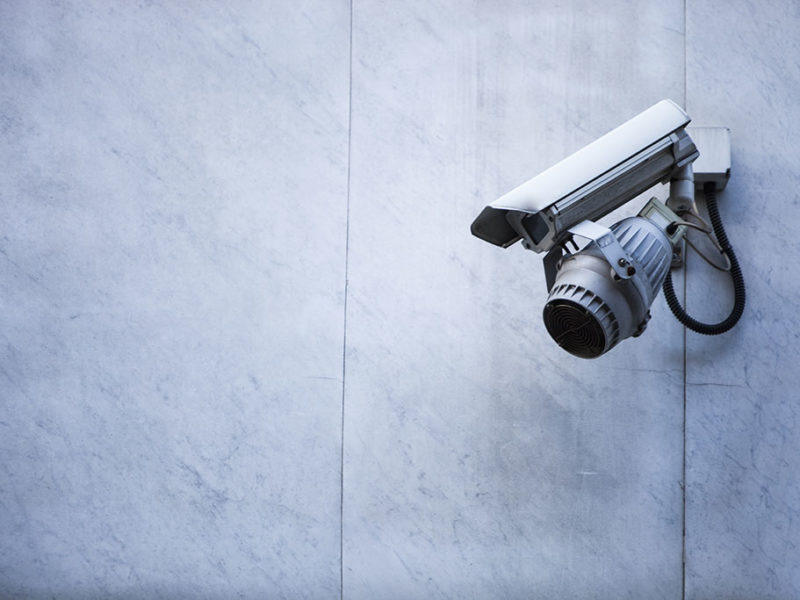In 2020 Barbour ABI & Barbour ABI started our #REBUILDINGTOGETHER movement. Much of this was about producing and publishing free to air content of value high and wide.
We figured that we could use our position as market leader to arm construction companies with the most up to date insights, analysis, forecasts and tips, and that this would support their bounce back journey as we all navigate these turbulent waters together.
This then inspired us to publish a content calendar for 2021 covering 12 themes that you have told us are important to you. By working in partnership with expert consultants and companies in our space we will publish free articles, blog posts and white papers that you will find useful and thought-provoking.
This month, our focus is on PropTech and the ‘office 2.0’.
‘Smart building’ technology is revolutionising how buildings are designed, delivered and operated with client efficiency requirements changing the playing field. On top of this, 2020 has proved that many aspects of business can be carried out remotely. Accordingly, this month’s focus aims to gather views from those designing and delivering commercial projects to get the inside track on how the office market is being disrupted.




